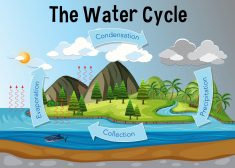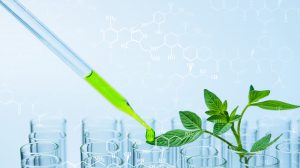Definition
noun, plural: osteoclasts
(cytology) A type of bone cell that is large, multinucleated, and associated with bone resorption
Supplement
The osteoclasts are a type of bone cells. The bone cells are found within the bone tissues, and they are responsible for the make-up of the skeleton of vertebrates. The four main types of bone cells are the (1) osteoclasts, (2) osteoblasts, (3) osteocytes, and (4) lining cells. The osteoclasts, in particular, are large, multinucleated cells that are involved in the absorption and removal of bone, particularly dissolving the fibers and the matrix of bone. The osteoclasts are located in pits in bones called Hoswhip’s lacunae that serve as resorption bays. During an active bone resorption, the osteoclasts may appear as cells with ruffled border. This ruffled cell border is an extensively folded cell membrane that increases the cell surface for secretion and resorption.
Cytologically, the osteoclasts appear to have a foamy homogenous cytoplasm because of the presence of several vesicles, vacuoles, and lysosomes filled with acid phosphatase. It is also multinucleated, e.g. a human osteoclast typically has five nuclei.
Odontoblast is an osteoclast responsible for the absorption of the roots of deciduous teeth.
Apart from the skeletal system, the osteoclasts are also regarded as part of the mononuclear phagocyte system, which in turn is part of the immune system. The mononuclear phagocyte system is comprised of resident cells capable of immune function and phagocytosis. Examples of these cells are Kupffer cells in liver, histiocytes in lymph nodes, Langerhans cells of skin and mucosa, Hofbauer cells in placenta, microglia in central nervous system, and, as already mentioned, the osteoclasts in bone.
Word origin: osteo– (“bone”) + –clast (“break”)
See also:
- osteoblast
- osteocyte
- mononuclear phagocyte system
- Macrophagocyte
Mentioned in:





